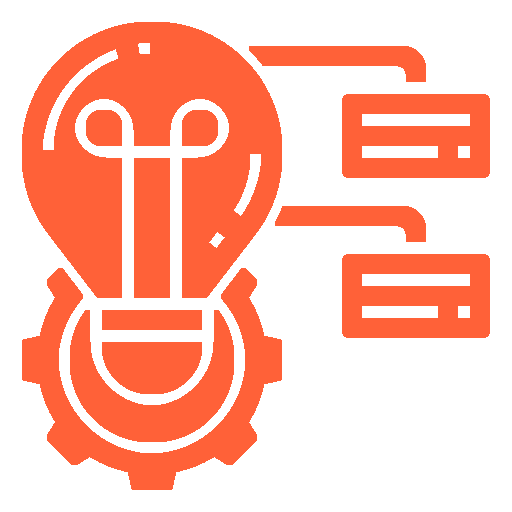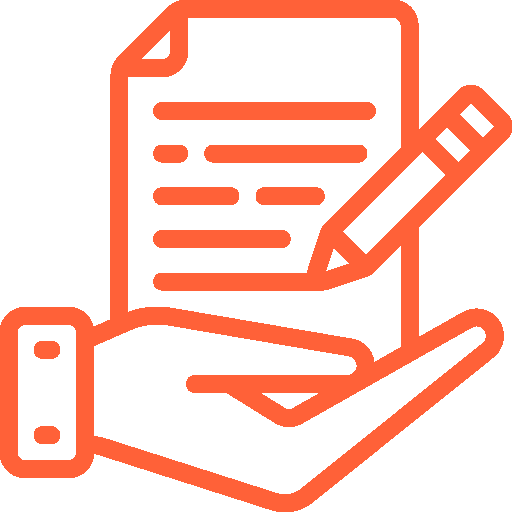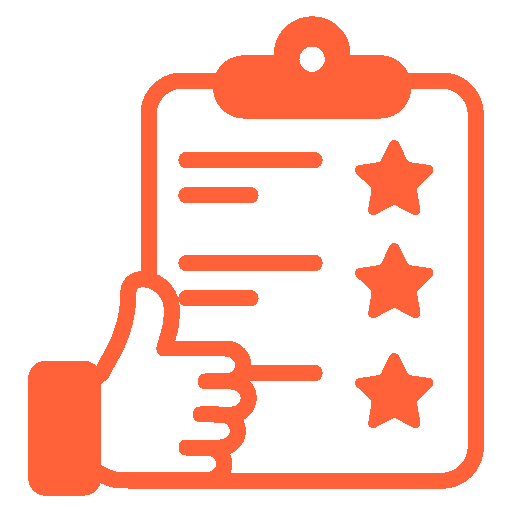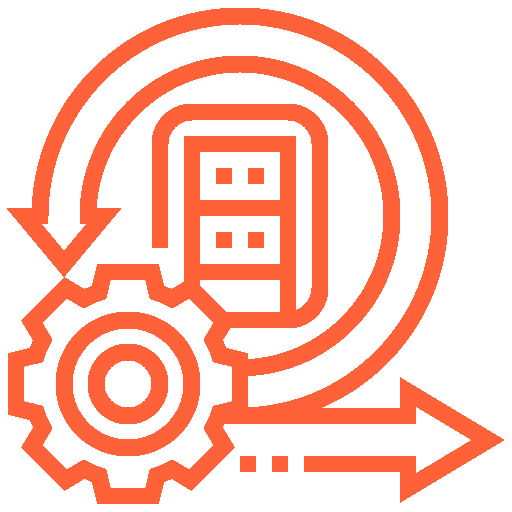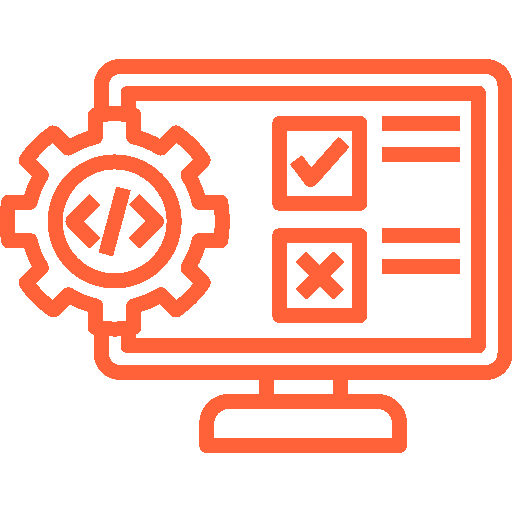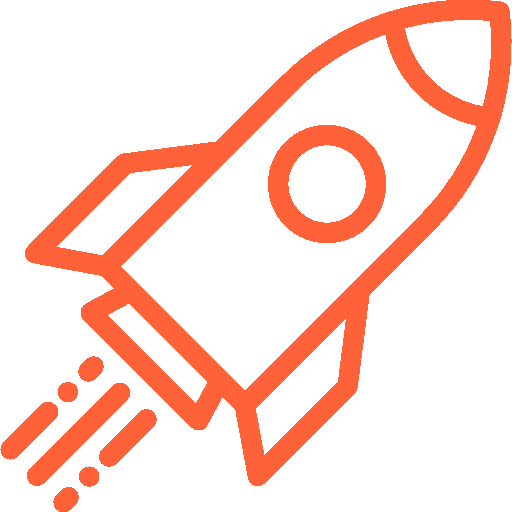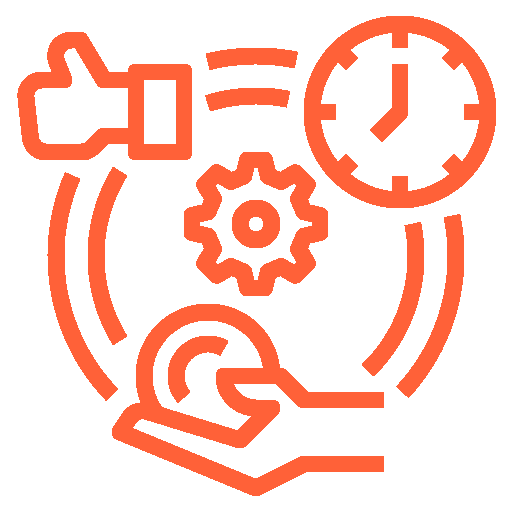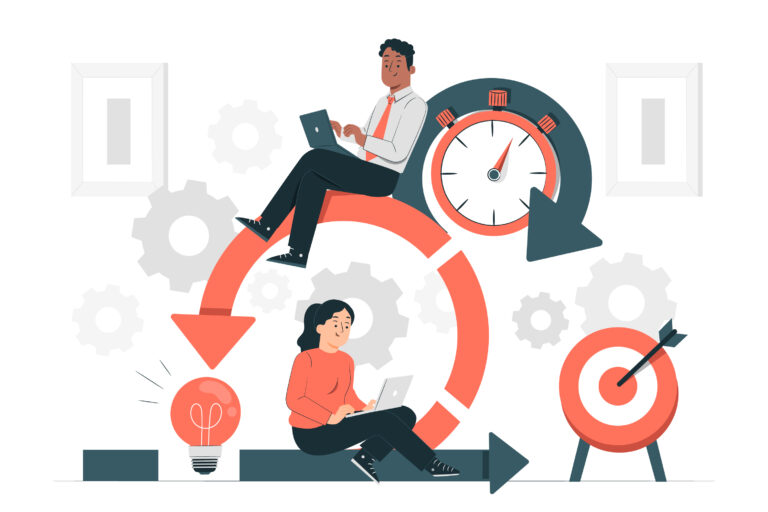
In today's business landscape, organizations often face time constraints or changing requirements, making it difficult to fully document their needs. At ICTech Labs, we understand this challenge and have found that Agile development is the most effective approach for delivering software solutions - whether it's a minimum viable product or a large-scale enterprise system.
Having extensive experience in software development, we recognize that the decision on project methodology ultimately lies with the client and the team. Therefore, we offer a range of options, such as Scrum, RUP, or Waterfall, to ensure that the chosen methodology aligns with the project's specific requirements.

